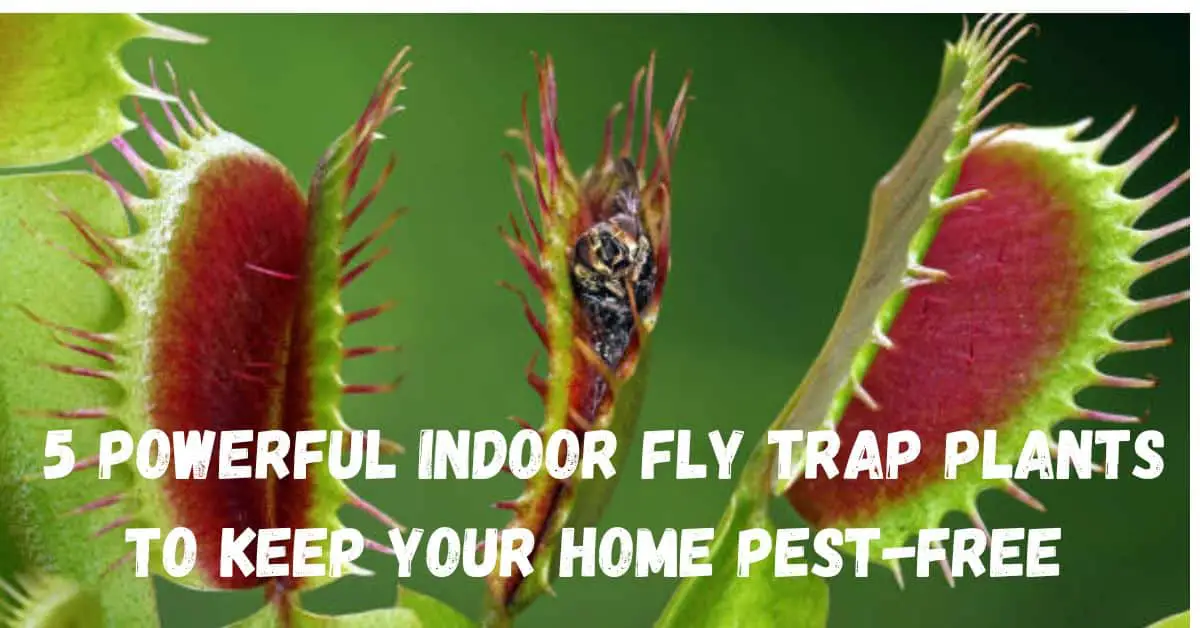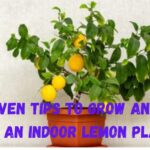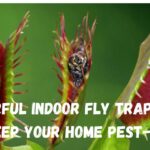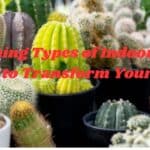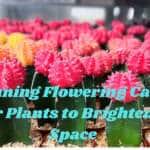No one loves the humming of annoying flies at their home. Rather than resorting to using chemical sprays, though, why not let nature lend a helping hand? Indoor fly trap plants are an aesthetic and natural way to keep your indoor spaces free from flying pests. Here’s going to show you five of the best fly-trapping plants to grow indoors. Not only do these green allies rid your home of flies, but they are also pleasing houseplants.
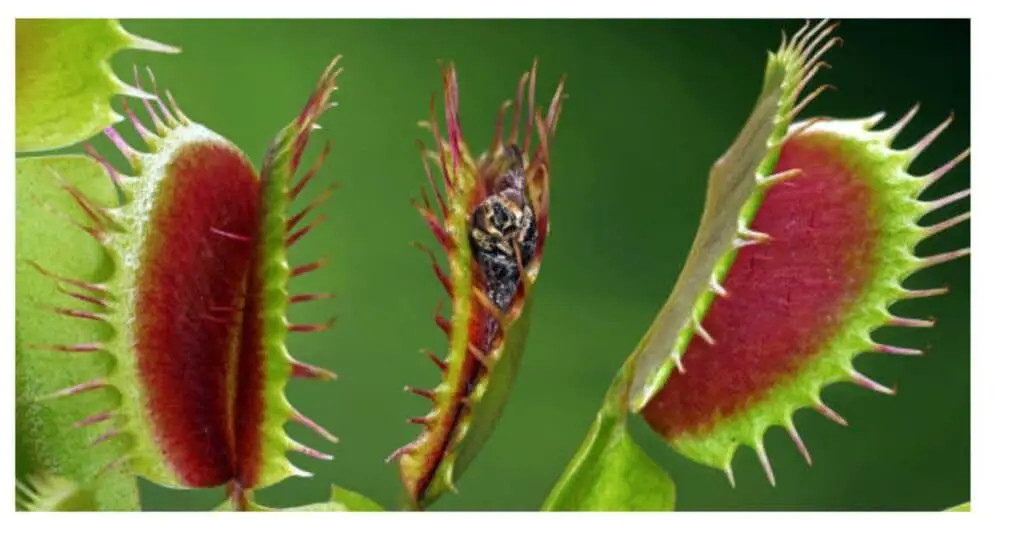
5 Powerful Indoor Fly Trap Plants to Keep Your Home Pest-Free
Table of Contents
1. Venus Flytrap (Dionaea muscipula)
Description:
The Venus Flytrap is the most famous fly-trapping plant, and for good reason. This carnivorous plant lives in the subtropical wetlands of the United States, growing leaves that snap shut like jaws when its minute hairs are triggered by prey.
Why It Works:
A secretion on its traps similar to nectar attracts flies as fly trap and other insects. Once inside, the trap closes, slowly digesting the insect.
Care Tips:
Light: Bright indirect light; at least 4-5 hours of direct sun a day.
Watering: Keep the soil moist. Avoid tap water; they thrive in distilled or rainwater.
Pro Tip: The Venus Flytrap is loving high humidity, so your terrarium is the perfect setting.
Personal Anecdote:
As long as I can remember, I have been fascinated by the Venus Flytrap. Having one on my kitchen windowsill makes pest control feel like some little science experiment!
2. Pitcher Plant (Nepenthes spp. & Sarracenia spp.)
Description:
Pitcher plants possess long, tubular leaves soaked with digestive liquid. Insects find the nectar around the “pitcher’s” rim, and their entry takes them deeper inside, from which they cannot leave.
Why It Works:
Once a fly falls in fly trap down the slippery inside of the pitcher, it can never make its way out due to downward-facing hairs. Then, the plant digests its food over time.
Care Tips:
Light: Bright, indirect. Ideally grow lights if indoors.
Watering: Use distilled or rainwater. Soil must be kept moist at all times.
Pro Tip: Butterworts thrive with a mix of peat moss and perlite.
3. Butterwort (Pinguicula)
Description:
Butterwort, another lesser known but wildly effective flytrap, can excrete a sticky, glandular substance from its leaves that trap and digest small insects, such as flies.
Why It Works
Sticky leaves work like flytrap. They catch their insects on contact, after which it digests its prey to suck out the important nutrients.
Care Tips:
Light: Bright indirect light.
Watering: The soil should be damp, not soggy. Use only distilled water so that the minerals from the tap will not deposit.
Pro Tip: Butterworts prefer a slightly more humid climate, so having a humidity tray nearby could brighten their day.
Practical Example:
My friend keeps a Butterwort in the bathroom. She claims it is the best way to get rid of annoying flying gnats without needing the use of bug sprays!
4. Sundew (Drosera)
Description:
Sundews have beautiful, droplet-covered leaves that sparkle and glint. These “dew drops” are, however, sticky secretions that trap insects upon contact.
The shiny looks attract the flies, but once they get in contact with the leaf, it’s game over. The plant’s tentacles gradually wind around the prey, trapping it.
Care Guidelines
Light: Needs a lot of direct bright sunlight.
Watering: Soil must be moist. Use distilled water for best results.
Pro Tip: Sundews like humidity and are very happy in terrariums.
5. Tropical Pitcher Plant (Nepenthes)
Description:
Unlike its North American cousins, the tropical pitcher plant is often grown as a hanging plant, with cascading pitchers that entice flies and insects.
Why It Works:
Its long, hanging “pitchers” produce nectar that attracts flies. The slippery rim ensures they fall into a pool of digestive enzymes.
Care Tips:
Light: Prefers filtered sunlight or partial shade.
Watering: Water regularly and maintain high humidity levels of fly tap plants.
Pro Tip: In fact, Tropical Pitcher Plants look fabulous in hanging baskets, and they also create an end that, in itself, can serve both as decoration and function.
Choosing Your Indoor Fly Trap Plant To Home
When choosing your indoor fly trap plant you should consider the factors of light available, humidity, and maintenance. Some indoor fly trap plants are highly specific to certain conditions; others, like the Butterwort or the Sundew, are more accommodating.
Soil: Many of the carnivorous plants prefer to be fed with nutrient-deficient mix, peat moss/sand mix.
Distilled Water Only: Tap water contains minerals that are destructive to many flytrap plants.
Humidity is a Must: Many of these fly trap plants love high humidity. A terrarium or placing the pot near a humidifier would be ideal.
Personal Experience:
Within a few days of bringing a few of these fly trap into my home, I noticed that the number of flies I did not want to have in my home had drastically decreased. Besides that, they have been amazing for spurring conversations!
Conclusion
All these five indoor fly trap plants bid adieu to those pesky flies and hello to a more pleasant and bug-free home. Not only are these green allies working to naturally control pests, but they also add a delicate touch of nature’s wonderful creations to your indoor decor.
You can also read our other website articles regarding blogging.
Indoor Plants Related
Stunning Flowering Cactus Indoor Plants to Brighten Your Space
